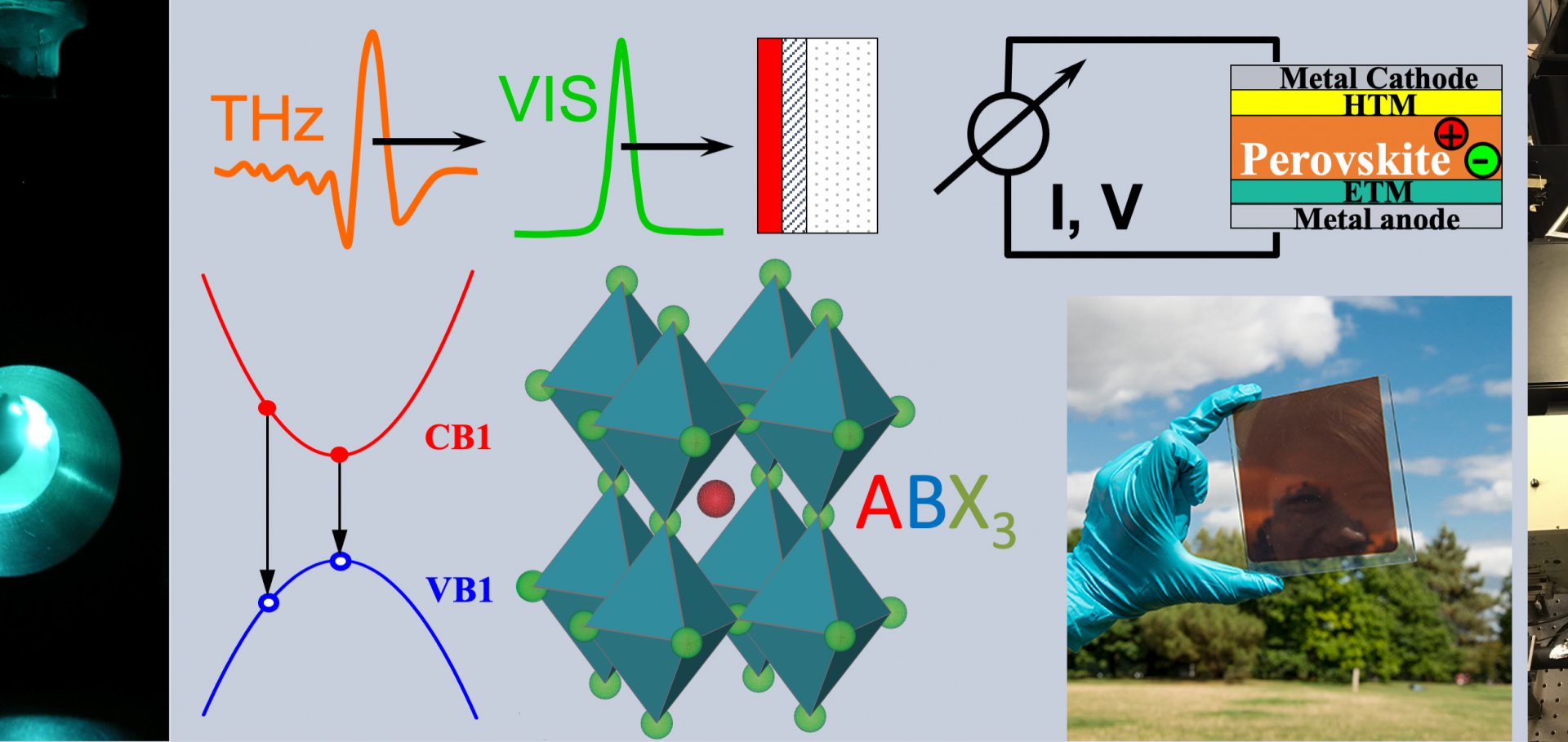A Molecular Nanotube with Three‐Dimensional π‐Conjugation
Angewandte Chemie Wiley 127:25 (2015) 7452-7456
A Molecular Nanotube with Three-Dimensional π-Conjugation
Angewandte Chemie - International Edition 54:25 (2015) 7344-7348
Abstract:
© 2015 The Authors. A π-conjugated twelve-porphyrin tube is synthesized in 32% yield by a template-directed coupling reaction that joins together six porphyrin dimers, forming twelve new C-C bonds. The nanotube has two bound templates, enclosing an internal volume of approximately 4.5nm < sup > 3 < /sup > . Its UV/Vis/NIR absorption and fluorescence spectra resemble those of a previously reported six-porphyrin ring, but are red-shifted by approximately 300cm < sup > -1 < /sup > , reflecting increased conjugation. Ultrafast fluorescence spectroscopy demonstrates extensive excited-state delocalization. Transfer of electronic excitation from an initially formed state polarized in the direction of the nanotube axis (zaxis) to an excited state polarized in the xy plane occurs within 200fs, resulting in a negative fluorescence anisotropy on excitation at 742nm.Enhanced Amplified Spontaneous Emission in Perovskites using a Flexible Cholesteric Liquid Crystal Reflector
Nano letters American Chemical Society 15:8 (2015) 4935-4941
Abstract:
Organic-inorganic perovskites are highly promising solar cell materials with laboratory-based power conversion efficiencies already matching those of established thin film technologies. Their exceptional photovoltaic performance is in part attributed to the presence of efficient radiative recombination pathways, thereby opening up the possibility of efficient light-emitting devices. Here, we demonstrate optically pumped amplified spontaneous emission (ASE) at 780 nm from a 50 nm-thick film of CH3NH3PbI3 perovskite that is sandwiched within a cavity composed of a thin-film (∼7 μm) cholesteric liquid crystal (CLC) reflector and a metal back-reflector. The threshold fluence for ASE in the perovskite film is reduced by at least two orders of magnitude in the presence of the CLC reflector, which results in a factor of two reduction in threshold fluence compared to previous reports. We consider this to be due to improved coupling of the oblique and out-of-plane modes that are reflected into the bulk in addition to any contributions from cavity modes. Furthermore, we also demonstrate enhanced ASE on flexible reflectors and discuss how improvements in the quality factor and reflectivity of the CLC layers could lead to single-mode lasing using CLC reflectors. Our work opens up the possibility of fabricating widely wavelength-tunable "mirror-less" single-mode lasers on flexible substrates, which could find use in applications such as flexible displays and friend or foe identification.A Molecular Nanotube with Three-Dimensional π-Conjugation.
Angewandte Chemie (International ed. in English) Wiley 54:25 (2015) 7344-7348
Abstract:
A π-conjugated twelve-porphyrin tube is synthesized in 32% yield by a template-directed coupling reaction that joins together six porphyrin dimers, forming twelve new C-C bonds. The nanotube has two bound templates, enclosing an internal volume of approximately 4.5 nm(3). Its UV/Vis/NIR absorption and fluorescence spectra resemble those of a previously reported six-porphyrin ring, but are red-shifted by approximately 300 cm(-1), reflecting increased conjugation. Ultrafast fluorescence spectroscopy demonstrates extensive excited-state delocalization. Transfer of electronic excitation from an initially formed state polarized in the direction of the nanotube axis (z axis) to an excited state polarized in the xy plane occurs within 200 fs, resulting in a negative fluorescence anisotropy on excitation at 742 nm.Fast charge-carrier trapping in TiO2 nanotubes
Journal of Physical Chemistry C American Chemical Society 119:17 (2015) 9159-9168


